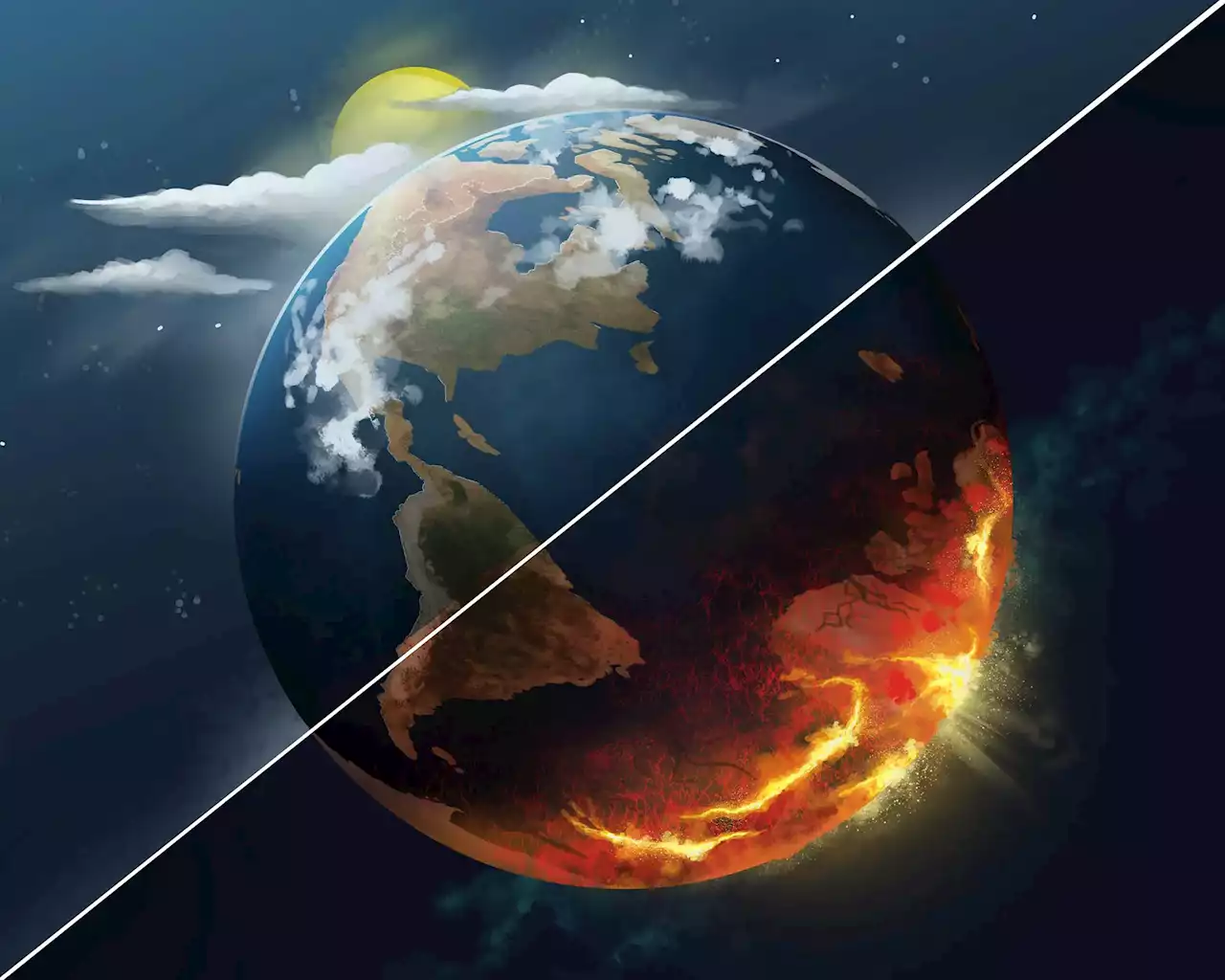The early stars in the Universe are believed to have a mass between 140 to 260 times the mass of our Sun, and we didn't have evidence for this. Until now.
Scientists have finally identified fingerprints left by the explosion of 'first stars' in our UniverseThe team used data from telescopes in China and the US to uncover chemical evidence from one of the earliest stars in the universe.. Low-mass stars, like the Sun, eventually cool down and end up as white dwarfs. On the other hand, heavy-mass stars go out in a supernovae explosion and end up as neutron stars or black holes.
Their life ended in an explosion very different from the supernova explosion we know today, called theAccording to astronomers, PISNes are very different from ordinary supernovae and leave a unique chemical signature in the atmosphere of next-generation stars. Until now, these signatures have not been found.The researchers analyzed data from two high-resolution telescopes, the Subaru Telescope in Hawaii and the Large Sky Area Multi-Object Fibre Spectroscopic Telescope near Beijing.
Additionally, the iron abundance of J1010+2358 is significantly greater than that of the most metal-poor stars in the galactic halo. This indicates that the second-generation stars created in the PISN-dominated gas may be more metal-rich than anticipated.
United States Latest News, United States Headlines
Similar News:You can also read news stories similar to this one that we have collected from other news sources.
3D-printed lungs helping UTHealth Houston researchers study health risks of aerosols3D-printed lungs are helping UTHealth Houston researchers study the health risks of aerosols
Read more »
 University of Delaware researchers study wasps as solution to spotted lanternflies in regionSpotted lanternflies have the potential to cause more than $500 million in damage to crops, officials say.
University of Delaware researchers study wasps as solution to spotted lanternflies in regionSpotted lanternflies have the potential to cause more than $500 million in damage to crops, officials say.
Read more »
 JWST Shows How the Early Universe Was Furiously Forming StarsThe JADES program used 770 hours of JWST observing time on the earliest galaxies and found the most distant galaxy yet, among other surprises.
JWST Shows How the Early Universe Was Furiously Forming StarsThe JADES program used 770 hours of JWST observing time on the earliest galaxies and found the most distant galaxy yet, among other surprises.
Read more »
 Researchers find why San Andreas fault hasn’t caused a big earthquake in L.A. — yetNew research shows lack of seismic activity in the southern San Andreas fault in California may be due to the drying of the nearby Salton Sea and provides clues on future potential earthquake triggers, including projects aimed to refill the body of water.
Researchers find why San Andreas fault hasn’t caused a big earthquake in L.A. — yetNew research shows lack of seismic activity in the southern San Andreas fault in California may be due to the drying of the nearby Salton Sea and provides clues on future potential earthquake triggers, including projects aimed to refill the body of water.
Read more »
 Researchers Warn: Global Warming of Up to 3 Degrees LikelyThe goal of limiting global warming to a maximum of 2 degrees as set by the Paris Agreement seems unlikely to be achieved, with current trends indicating a potential temperature rise of 2.5–3 degrees. Nonetheless, it's still possible to avoid this elevated warming. Evidence for this has been demonst
Researchers Warn: Global Warming of Up to 3 Degrees LikelyThe goal of limiting global warming to a maximum of 2 degrees as set by the Paris Agreement seems unlikely to be achieved, with current trends indicating a potential temperature rise of 2.5–3 degrees. Nonetheless, it's still possible to avoid this elevated warming. Evidence for this has been demonst
Read more »
